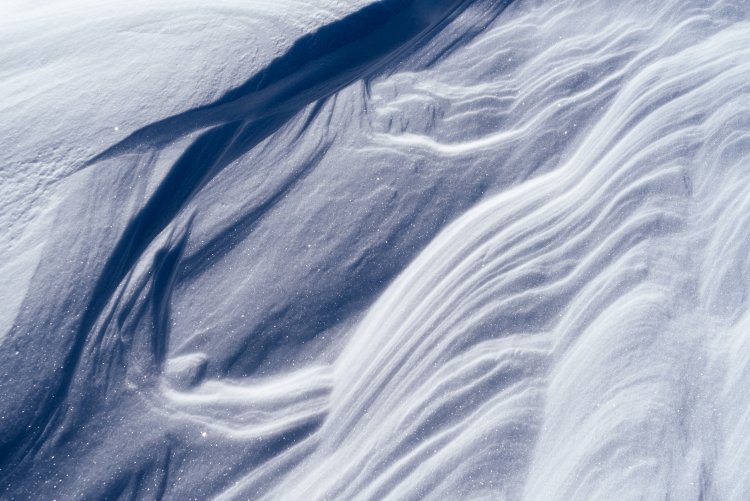2021 is declared the Year of Science and Technology in Russia, and July, according to its calendar, is devoted to the connectivity of territories and the development of new spaces. Today we will talk about Antarctica – a storeroom of biological resources, a unique continent that belongs to no country de jure.
The Antarctic Treaty was signed in Washington on December 1st, 1959, essentially prescribing that the territory can only be used for peaceful purposes and for free scientific research. The document was signed by 12 States (Argentina, Australia, Japan, New Zealand, Norway, USSR, UK, USA, etc.) Today, 48 states are signatories to the treaty. Thus, Antarctica has become a territory of peaceful cooperation and international science. Nevertheless, seven states have their claims the territory of the sixth continent: Australia, France, Norway, New Zealand, Argentina, Chile and the UK, with the latter three countries contesting a number of each other’s claims. However, none of this prevents the successful development of international scientific activities here which bear valuable fruits. What interesting scientific discoveries have been made in Antarctica? We will tell you about Antarctica’s two most mysterious places – Wilkes Land and Vostok Lake.
What is the biggest impact crater on the planet?
One of the most unusual places in Antarctica is Wilkes Land. Scientists are interested in the alleged presence of a huge impact crater (an astroblema) under ice. The hypothesis was put forward in 1960 and refined in 2002 (Grace satellites) and then again in 2006. Based on the research findings, it became clear that the astroblema diameter is about 480 km. However, because the crater is hidden under the Antarctic Ice Shield, direct observations cannot be performed.
The cosmic body that produced the supposed impact crater to form may have been the largest ever to hit Earth: its diameter is estimated at 50 km. It is suggested that the impact of a celestial body in the Wilkes Earth area may have caused the most massive extinction of living organisms in the history of our planet at the boundary of Permian and Triassic periods (252 million years ago); however, additional research is needed to confirm this hypothesis.
The uncharted hypothetical crater on Wilkes Earth can be described as the largest on the planet. This leaves the Vredefort impact crater in South Africa, which today is considered the largest in the world (250-300 km in diameter), in the second place.
Vostok Lake – Space on Earth
The ice-covered Vostok Lake has been the subject of hundreds of articles and multiple documentaries. That this place is unique has long been beyond doubt but its uniqueness owes itself mainly to the fact that this lake is covered with ice several kilometers thick and has remained isolated from the rest of the world for millions of years. Scientists believe that the water body has existed separately from the rest of the world from 5 to 30 million years. Therefore, unusual environmental conditions may have formed there – for example, some exotic microorganisms may inhabit the waters of Vostok.
The ice dome was first successfully drilled through to reach Vostok Lake in 2012, and it was Russian scientists who did it.
“Antarctica is totally extraordinary, unearthly. Visiting it is like visiting another planet. <…> For millions of years, Vostok Lake was isolated from the outside world, living a life of its own. Unique data on organic life were obtained by drilling. At a depth of more than two kilometers, microorganisms were discovered in samples. This discovery was made by scientists from the RAS Institute of Microbiology named after S.N. Vinogradsky. After studying the ice-covered Vostok Lake we have been able to draw up a picture of climate change on Earth over the last 440 thousand years. This knowledge helps better understand and predict modern processes of climate change, said Vladimir Kotlyakov, RAS Academician, in an interview to the Historian magazine.
Bodies of water similar to Vostok Lake are thought to exist under polar caps on Mars. And the mysterious Antarctic Lake is often compared to Europa, the Jupiter's satellite fully covered with ice that may have an ocean of salt water underneath. Europa’s ice shell, according to scientists, is at least several dozen kilometers thick. Therefore, the study of Vostok Lake can provide clues for the search for possible life forms outside of Earth. That said, it is not necessary to venture far away for alien life, because the inhabitants of Vostok Lake themselves are so unusual that they will pass easily as extraterrestrial. So, as a result of the successful drilling of 2012, scientists have carried out studies that have yielded, among other things, DNA fragments of an extremely interesting bacterium. It turned out to be a real mystery: its DNA matched known sequences as little as 86%! With difference that large, one can safely say that this organism is completely unknown.
Scientists believe that fish and other complex living organisms may inhabit Vostok Lake, hidden under four kilometers of ice, but, of course, new research and programs for studying the mysterious continent that Antarctica is will be needed to discover them.
Photo: kotenko / 123RF






















